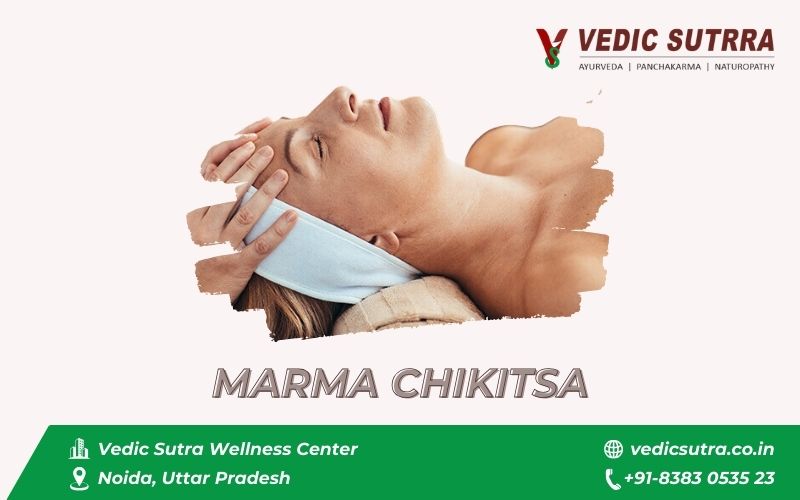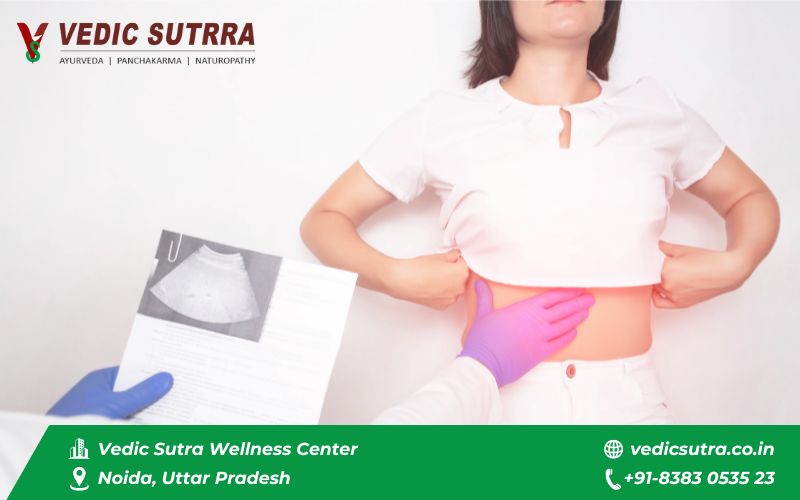

The liver is a vital organ located in the upper right side of the abdomen region. It is a multitasking organ responsible for performing many critical functions, such as regulating metabolism, detoxification, and other essential processes. Healthy liver function is necessary for overall well-being, as any complication or disorder of the liver can disrupt a healthy life.
If liver disorders are not treated quickly and properly, they can develop into more serious liver diseases over time.
The common liver disorders and liver diseases affecting a major population in India are listed below:
As per the WHO’s 2017 report, liver disease caused 259,749 deaths in India, making up 2.95% of all deaths and accounting 18.3% of the world’s cirrhosis deaths.
This highlights the importance of maintaining a healthy liver and seeking effective treatment if you have any liver disorder or disease.

In Ayurveda, liver disorders are seen as imbalances among the body’s doshas—Vata, Pitta, and Kapha. The liver is mainly linked to the Pitta dosha, which controls digestion, metabolism, and the body’s transformative processes. When Pitta is too high, it can cause issues like jaundice or fatty liver conditions. This imbalance might be due to a poor diet, too much stress, or not enough sleep. To fix this, Ayurveda suggests eating better, using specific herbs, and making lifestyle changes to calm Pitta and support the liver. The goal is to treat both the symptoms and the root causes to help the body heal.
In Ayurvedic treatment, Panchakarma is the best treatment for treating liver disorders as it focuses to cleanse the liver and restore the balance.

Panchakarma is a comprehensive Ayurvedic detoxification and rejuvenation therapy used to treat liver disorders and other health issues. It involves a series of therapeutic procedures designed to cleanse the body, balance the doshas, and restore overall health.
In Panchakarma, the treatment stages are designed to address imbalances in the doshas—Vata, Pitta, and Kapha.
To treat liver disorders, Panchakarma treatment include the following steps:
Taking care of your liver is essential for your overall health, as it handles key functions like detoxification and metabolism. Liver disorders can become serious if not treated early. While modern medicine offers solutions, many turn to natural methods. Panchakarma is considered the best treatment for liver disorders due to its thorough approach to detoxification and balancing body energies.
Q1 – How does Ayurveda view liver disorders?
A – Ayurveda sees liver disorders as imbalances in the Pitta dosha, which affects digestion and metabolism. Balancing Pitta through diet, lifestyle, and herbal treatments is key to restoring liver health.
Q2 – What is the role of Panchakarma in treating liver disorders?
A – Panchakarma is an Ayurvedic detoxification therapy that cleanses the body, balances doshas, and rejuvenates the liver through a series of preparatory, main, and post-treatment procedures.
Q3 – What is Panchakarma procedure in liver disorders?
A – Panchakarma is an Ayurvedic detox therapy that balances doshas and cleanses the body. For liver disorders, it includes:
Q4 – How does Snehana (oil massage) support liver health?
A – Snehana involves applying medicated oils to the skin to lubricate tissues, loosen toxins, and reduce inflammation, helping to support liver detoxification and balance Vata dosha.
Q5 – What is the purpose of Swedana in liver treatment?
A – Swedana uses herbal steam to open pores and improve circulation, aiding in toxin removal and reducing inflammation, which supports liver health and balances Vata and Kapha doshas.
Q6 – How does Vamana (therapeutic vomiting) benefit liver function?
A – Vamana helps expel toxins from the stomach and upper digestive tract, reducing excess Pitta and digestive heat, which supports liver health and alleviates related symptoms.
Q7 – What are the effects of Virechana (purgation therapy) on liver health?
A – Virechana uses herbal laxatives to cleanse the intestines, eliminating toxins and balancing excess Pitta, which helps improve liver function and supports digestion.
Q8 – How does Basti (enema therapy) contribute to liver wellness?
A – Basti therapy uses medicated enemas to clean the lower gastrointestinal tract and balance Vata dosha, which supports liver function and overall detoxification.
Q9 – What lifestyle changes are recommended after Panchakarma treatment?
A – Post-treatment, Ayurveda recommends a balanced diet, regular yoga, and meditation to support recovery and maintain dosha balance, ensuring long-term liver health.
Q10 – Are there any preventive measures in Ayurveda for liver health?
A – Preventive measures include maintaining a balanced diet, avoiding excessive consumption of alcohol and processed foods, managing stress, and following a regular routine of exercise and detoxification therapies to support liver health and overall well-being.
Q11 – How does Ayurveda view cirrhosis and its causes?
A – In Ayurveda, cirrhosis is viewed as a Pitta dosha imbalance causing liver inflammation and scarring. It may result from excessive alcohol, spicy foods, or chronic stress. Balancing Pitta through diet, lifestyle changes, and detoxification is crucial for managing and preventing cirrhosis.
Q12 – Non-Alcoholic Fatty Liver Disease and Alcoholic Fatty Liver Disease?
A – In Ayurveda, Non-Alcoholic Fatty Liver Disease (NAFLD) is seen as a Kapha imbalance causing excess fat in the liver due to poor diet and lifestyle. Alcoholic Fatty Liver Disease is viewed as an excess of Pitta, worsened by alcohol’s heat. Both are treated by balancing the doshas with diet, herbs, and tailored therapies.
Q13 – How does Ayurveda view autoimmune liver diseases?
A – Autoimmune liver conditions develop when the immune system attacks liver cells. Ayurveda sees these conditions as imbalances in Pitta dosha (which governs metabolism and heat) and disturbances in Rasa (nutrient) and Rakta (blood) dhatus.
Q14 – What is Gilbert’s Syndrome, and should I be concerned?
A – Gilbert’s Syndrome is a benign genetic disorder that affects the liver’s ability to process bilirubin, leading to mild jaundice. It is generally harmless and doesn’t require treatment, though it’s important to confirm the diagnosis with a healthcare provider.
Q15 – What is liver encephalopathy and what are its symptoms?
A – Liver Encephalopathy is a brain disorder caused by severe liver dysfunction, leading to symptoms such as confusion, memory problems, and altered mental state. It occurs when toxins build up in the brain due to liver failure.
Q16 – What is cholestasis and how does it affect liver function?
A – Cholestasis is a condition where bile flow is impaired, leading to the accumulation of bile acids in the liver. It can cause symptoms such as jaundice, itching, and abdominal pain, and it disrupts normal liver function.
Q17 – How is hepatitis different from other liver disorders?
A –Hepatitis refers to inflammation of the liver caused by viral infections (A, B, C, D, E), autoimmune reactions, or toxins. It differs from other liver disorders in its specific cause and treatment approaches.
Medical Disclaimer:
This content is intended for educational purposes only. It should not be considered medical advice or used for diagnosing or treating any medical condition. Please consult a qualified doctor or a healthcare professional for personalized guidance.
Get Expert Consultation with
20+ Years Experienced Ayurvedic Physician
Dr. Anu Jaiswal, BAMS, Ayurveda
Call: +91 8383053523
OR Click here to schedule an appointment
Follow Our Social Platform for Regular Updates: Instagram | Facebook | Youtube |